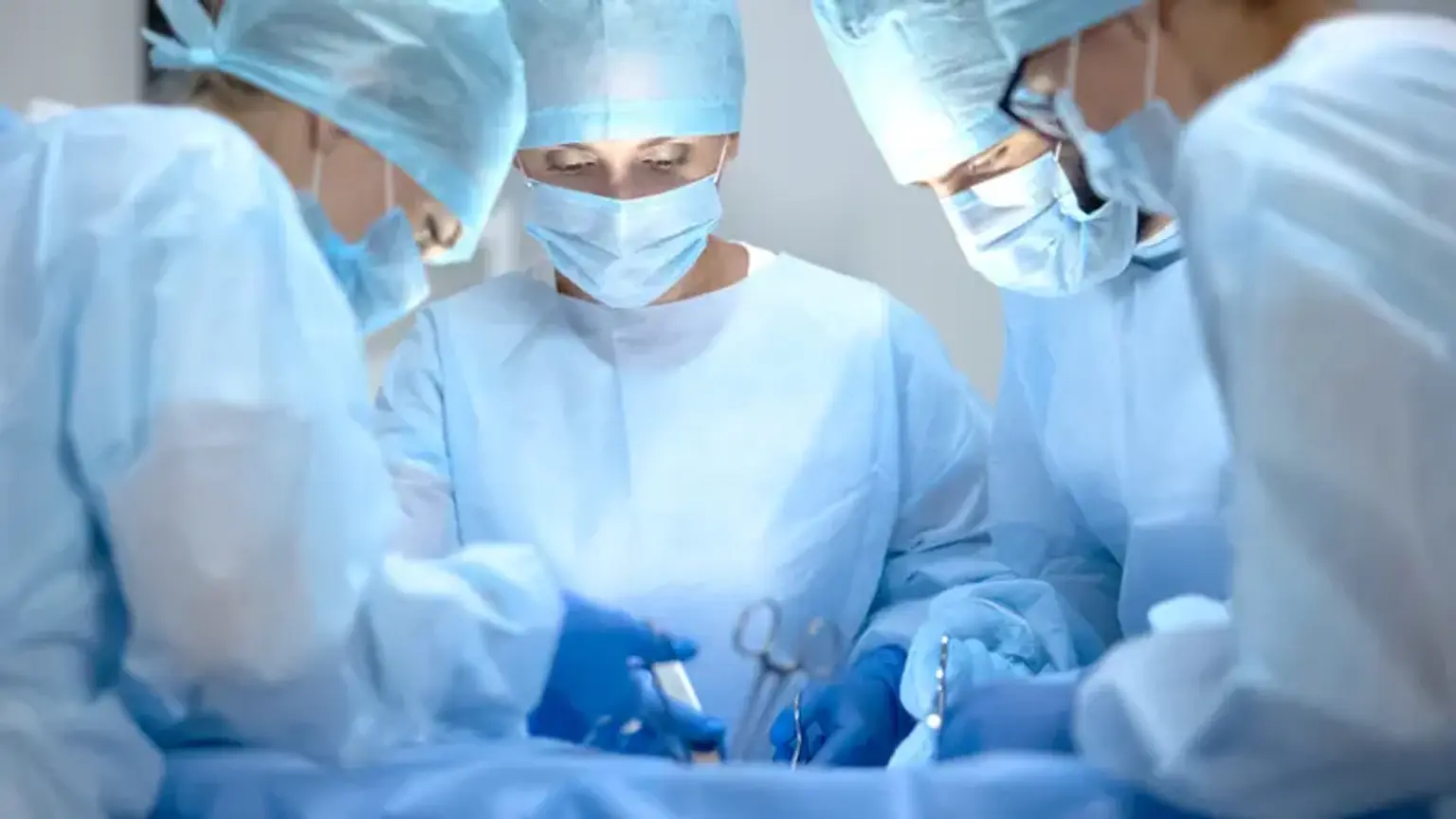Thoracoplasty
The procedure known as thoracoplasty has historically been applied to treat spinal deformities while also enhancing the posterior chest wall's aesthetics. Both posterior and anterior spinal surgery procedures might include thoracoplasty. The method has also been applied to correct rib hump deformity without spinal fusion and to correct residual chest wall distortion in a spine that has already undergone spinal fusion. In the majority of mild to moderate deformity patients, the use of thoracoplasty has been significantly reduced thanks to the success of pedicle screw fixation in combination with direct spinal derotation procedures. As surgeons became aware of their ability to fix deformities effectively, they decided that the additional surgical risk and potential pulmonary function effects of penetrating the chest wall were not necessary.
Interestingly, costotransversectomy methods with rib head excision became more popular as part of the method for pedicle subtraction osteotomies or column resection procedures in pediatric patients as surgeons shifted away from both thoracoplasty and anterior surgery due to concerns about decreases in pulmonary function seen with chest wall violation. When treating severe abnormalities in idiopathic patients, surgeons can obtain excellent three-dimensional correction by combining thoracoplasty procedures with traction and direct pedicle screw manipulation. A surgeon can use convex and concave thoracoplasties as useful tools to mobilize the spine during deformity correction procedures on an as-needed basis.
